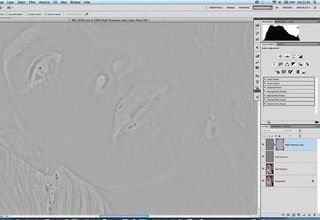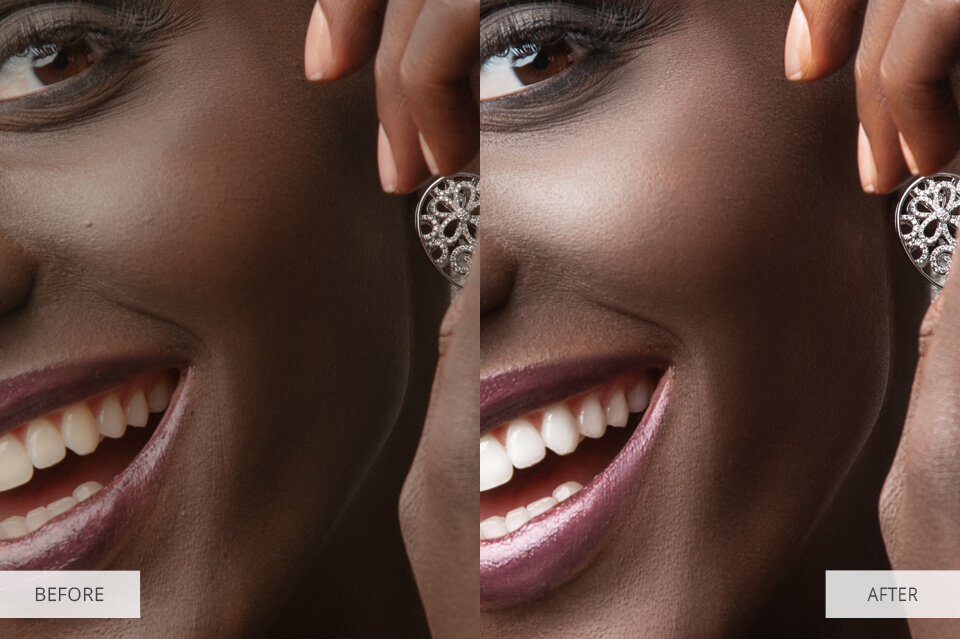
With Linear Dodge (Add), the formula for the blend is (A + B). Is it really? (Spoiler alert: nope) Let’s test it. Various online sources state that Linear Light is a mix of Linear Dodge (Add) and Linear Burn. When the result is out of scale it’s clipped to 0 or 255, unless further blends are to be calculated. If you normalize them first it’s just the same Let’s pretend that we have the following values 1.Ī brightened result, that must be normalized with a 255 factor to be meaningful and appear darkened: As an example, Multiply is a well known darkening blending mode, but not if the multiplication is calculated with pixel values in the (0,255) range. Some blends are easier to understand if applied on normalized values, i.e.

Blending Modes mathsīlending modes are arbitrary ways to mix two layers – say a Base (B) below and an Active (A) above – according to a formula. They are 100% identical, but why? And also, why different Apply Image settings for 8/16bit? That’s not been discussed very much (if at all): to properly understand we need to get into blending modes maths. That is to say: the original layer, and the same built with a Low + High frequency decomposition.

You should end up with this simple setup:

Low frequencies are at the bottom, high on top, black is the result. a sound wave no matter how complex can be built composing “pure” frequencies. I assume that you already know what we’re talking about, TL DR any signal, e.g. Spoiler alert: I’m interested in Frequency Separation as a tool for a broader set of manipulations not limited to, nor particularly focused on, beauty/skin retouch.
RETOUCH PRO FREQUENCY SEPARATION PLUS
I’ve thought to revisit the original article to give the subject a new coat of 2021 paint, plus all sorts of new detours. That was early 2009, way before Frequency Separation was cool, then popularized/mainstream, then possibly cool again.

Finally, you can use lipstick to make the lips look well defined.Īdjusting contrast and brightness allows us to emphasize or soften details: as a result, the image becomes more punchy, deep and interesting to our eyes.A long (long) time ago I wrote an essay on Frequency Separation, even if the main subject was disguised in the more approachable title “Notes on Sharpening”. For the face you can apply blush to give a healthy look, earth to intensify the natural shadows of the facial contour, the forehead and chin and brighten the areas you want to highlight by making them more prominent - such as cheekbones, lips and the central part of the face. Highlight the strategic points of the portrait by enhancing the eyes with eye shadow, eyeliner and mascara. Lipgloss - Blush - White teeth - Hair coloring Make-up is made up of a set of features that aim to enhance any face,but sometimes it alone is not enough to "beautify", so we try to search for “nuisances” that could potentially "disturb" the face and then minimize them by correcting them.


 0 kommentar(er)
0 kommentar(er)
